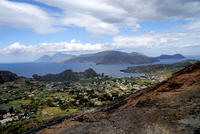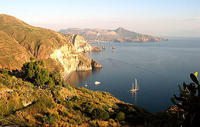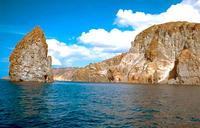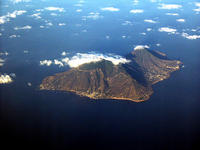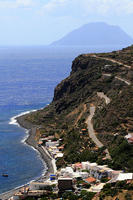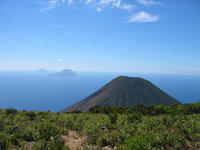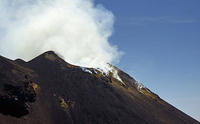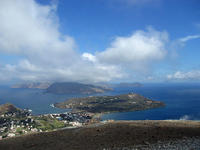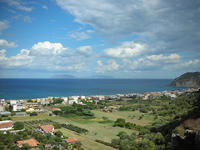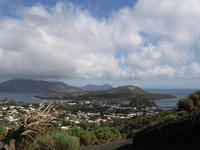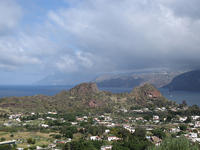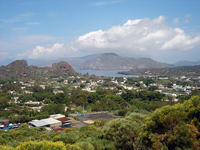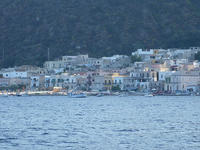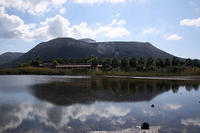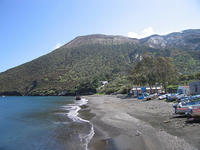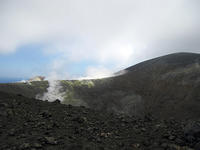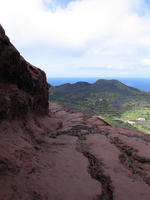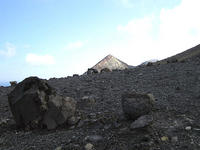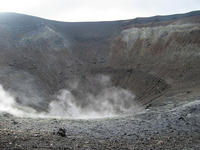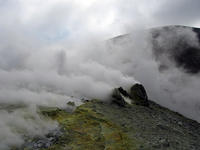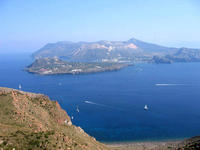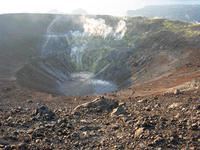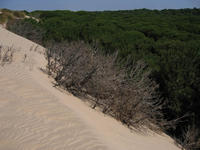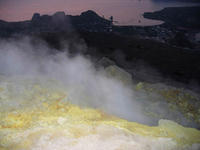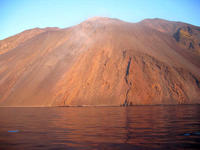You are in: Europe -> Italy -> Isole Eolie (Aeolian... , and traditional search or Image Gallery will yield results of this site only
Isole Eolie (Aeolian Islands)
| Site number: | 908 |
|
| Type of site: | Natural | |
| Date: | - | |
| Date of Inscription: | 2000 | |
| Location: | Europe, Italy, Mediterranean Sea - Southern Tyrrhenian Sea | |
Up to 75 images are shown here. Click on each for more details or on Image Gallery for more images.
Six official UN languages:
Arabic,
Chinese,
English,
French,
Russian,
Spanish
Other languages: Bulgarian, Croatian, Czech, Danish, Dutch, Esperanto, Estonian, Finnish, German, Hebrew, Hungarian, Italian, Japanese, Norwegian-bokmål, Norwegian-nynorsk, Polish, Portuguese, Serbian, Sicilian, Slovak, Swedish
Other languages: Bulgarian, Croatian, Czech, Danish, Dutch, Esperanto, Estonian, Finnish, German, Hebrew, Hungarian, Italian, Japanese, Norwegian-bokmål, Norwegian-nynorsk, Polish, Portuguese, Serbian, Sicilian, Slovak, Swedish
| Description: | The Aeolian Islands bear fantastic testimony to island building and destruction through volcanic activities, as well as ongoing volcanic phenomena. They have been studied since at least the 18th century and have been prominently included in geological education for more than 200 years; the islands have presented the science of vulcanology with examples of two eruption types - Vulcanian and Strombolian. Even today, the site continues enhancing the field of vulcanology. --WHMNet paraphrase from the description at WHC Site, where additional information is available. | |
| The Aeolian Islands (Italian Isole Eolie) are a volcanic archipelago in the Tyrrhenian Sea north of Sicily. They are a popular tourist destination in the summer, and attract up to 200,000 visitors annually. The largest island is Lipari, and tourism marketing often names the entire archipelago the Lipari Islands because of the ease of pronouncing Lipari compared to Aeolian. The other islands include Vulcano, Salina, Stromboli, Filicudi, Alicudi, Panarea and Basiluzzo. The town of Lipari has about 11,000 inhabitants. Vulcano is famous for its fango baths. --Wikipedia. Text is available under the Creative Commons Attribution-ShareAlike License. | ||
| Source: | http://whc.unesco.org/en/list/908 | |
| Reference: | 1. UNESCO World Heritage Center, Site Page. | |


